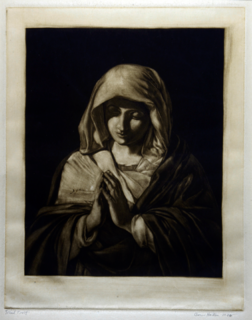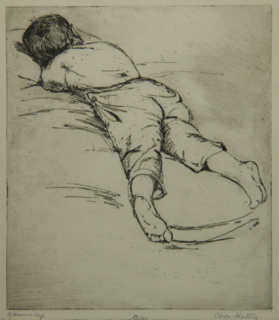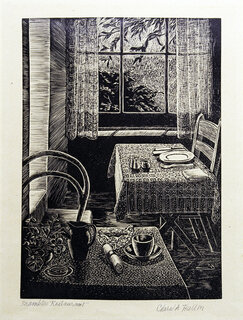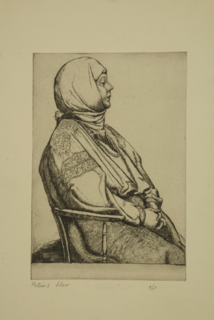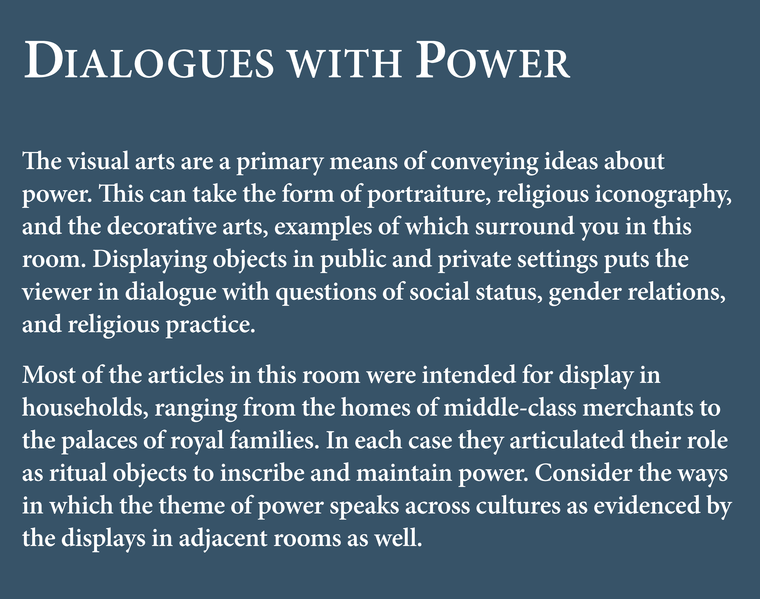
Dialogue with Power
, 2017
The visual arts are a primary means of conveying ideas about power. This can take the form of portraiture, religious iconography, and the decorative arts, examples of which surround you in this room. Displaying objects in public and private settings puts the viewer in dialogue with questions of social status, gender relations, and religious practice.
Most of the articles in this room were intended for display in households, ranging from the homes of middle-class merchants to the palaces of royal families. In each case they articulated their role as ritual objects to inscribe and maintain power. Consider the ways in which the theme of power speaks across cultures as evidenced by the displays in adjacent rooms as well.
